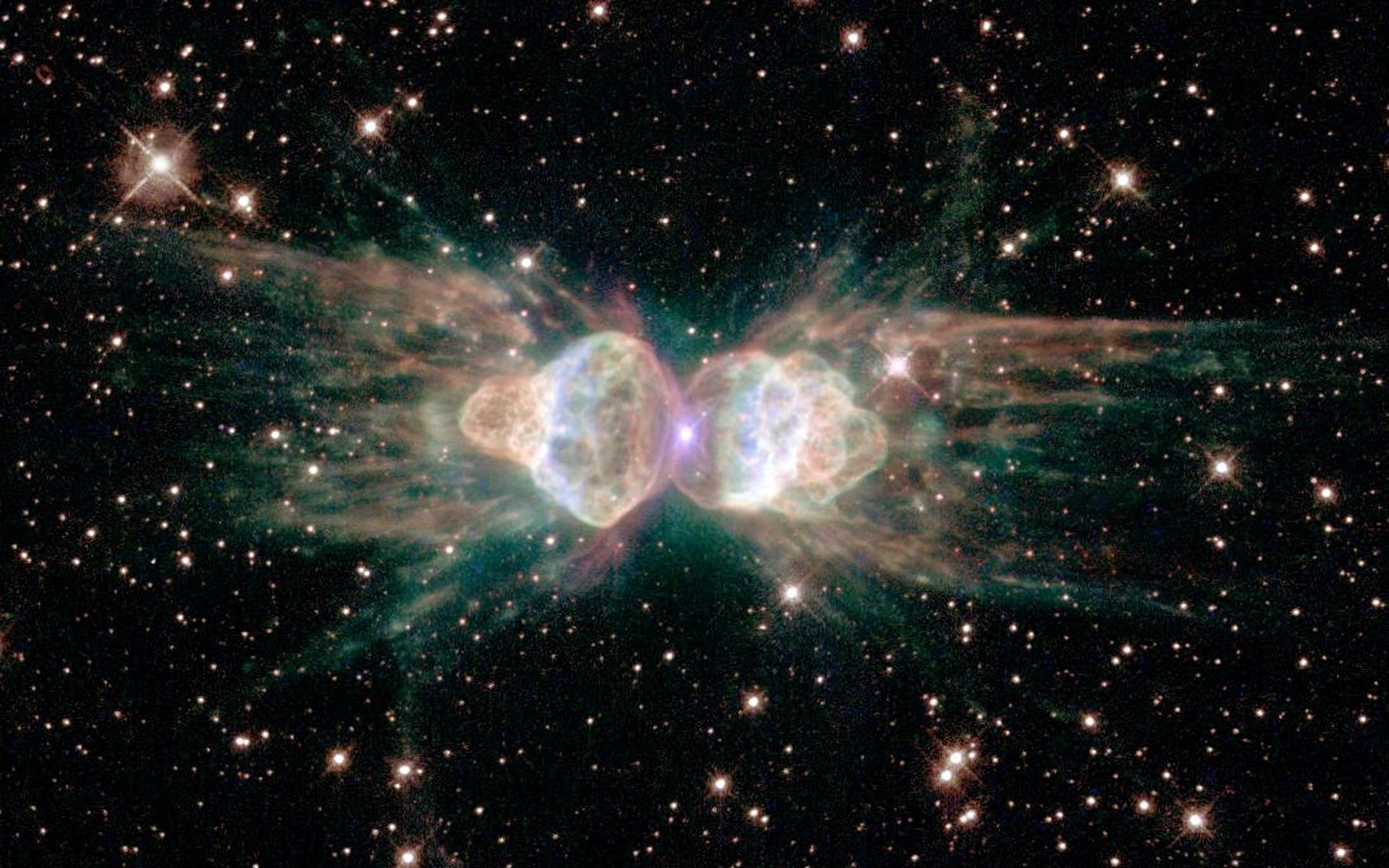An ant-shaped Nebula known as Ant Nebula or Menzel 3 was discovered back in the 1920s by theoretical astronomer and astrophysicist Donald Menzel. It is located in the constellation Norma about 8,000 light-years away from Earth. It has intrigued many scientists due to its distinct shape because of which, a team of researchers started collecting data about the Ant Nebula in 2013 using now-decommissioned Herschel Space Observatory of the European Space Agency and found out amazing details about how it came to be in the space.
Researchers took the mantle to study the humongous amount of data collected by the Infrared Telescope of the Herschel Space Observatory to distinguish the core of Menzel 3 which has been under wrap for years. It is due to the thick cloud of dense and ionized gases surrounding the center that the researchers weren’t able to peep into its center after studying its mass. This opened a whole new portal of data regarding its core which has been briefly discussed below.
According to Dr. Isabel Aleman who is an astrophysicist at the Leiden University, the highly sensitive infrared telescope at the Herschel Observatory was able to capture a wider range of wavelength from the nebula. It detected the presence of emission called as hydrogen recombination line laser emission. By studying it, the researchers were able to contemplate the physical condition and structure of the Ant Nebula. As per the study, there could be a yellow dwarf dying star within the star which ejects the gases out when it shrinks in size before actually dying.
Further, it is said that the result remains to form a white dwarf which ionizes the gas clouds surrounding the star-forming a nebula. But the shape of Menzel 3 is still creating a lot of buzz since there are only handful of cases with such a strange shaped Nebula. The researchers stated that the only way the dense gas cloud could stay in the proximity of the star is if is the gas is orbiting around the star in a disc.
This further concludes that there is a binary companion to the white dwarf which has been deflecting the gases towards the right direction so that the gases ejected by the white dwarf are deflected into an orbit shaped as a disc. The assumption behind this theory is that when the dying star ejects gases, it is caught by the neighboring star orbiting the dying star which tends to keep the gases in an accretion disc.
